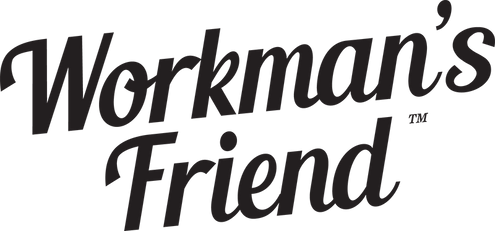It was in 1485 that the great Leonardo Da Vinci drew a picture of a rolling mill. He imagined a machine that would be capable of flattening pieces of metal into a uniform thinness. These metal sheets could then be used to create everything from armor to coins. What Da Vinci had drawn was the first metal press, launching the modern-day sheet metal industry that is still alive today.
Working with sheet metal is an extremely labor-intensive process. Without a good understanding of how to do it and the proper safety gear you could seriously damage your hands. That’s why if you’re thinking of using sheet metal for a home project or hobby make sure Workman’s Friend Barrier Skin Cream is never far from reach. It will protect your hands from the cracking and blisters that are common when working with this material.
Related: What Is Metal Stamping?
Metal Shaping
Fabricating sheet metal involves shaping, forming, and joining metal together. Metal shaping can change this material in four ways. You can either, bend, cut, shrink, or stretch metal to form it.
Bending is the simplest and most common way to shape metal. Whether you lie it over a form (i.e. the edge of a table), or you hammer it into a particular shape, it is one of the first ways metal was ever manipulated and continues to be the most popular.
Cutting metal can be done using shears either pneumatic (i.e. air) or electric ones, snips or grinders. This type of shaping is popular because it produces precise angles and is more efficient than bending.
Shrinking metal using heat is also a very popular form of contouring. The premise is that an overstretched area is heated (with a torch) almost red hot and then as the area cools it shrinks. The type or amount of stretched metal or damage will determine how you shrink it.
The opposite of shrinking is stretching metal, with this method you anchor an object behind the sheet metal and hit the other side with a hammer. The metal is compressed by the impact and ultimately formed.
Always remember, before you bend, cut or stretch or shrink any sheet metal, to use all of the required safety equipment and of course a layer of Workman’s Friend Barrier Skin Cream. It will protect your hands from the wear and tear they will endure as the material is manipulated.
Safety First
Working with sheet metal, especially after it's been cut, can be dangerous. Each cut you make exposes sharp edges and creates burrs that can slice a finger. It is for this reason that it’s important to follow all suggested safety precautions. Gloves, steel-toed boots, and protective eyewear are all recommended when working with sheet metal. Remember never to run your hands, even when you’re wearing gloves over a cut edge.
Keep your work surface free of scraps because they can be equally hazardous. Remember always to handle metal sheets with care, particularly if they’re wet. Water, oil, and dirt can make any surface slick and harder to grasp. Always check that your hammers, shears, or any other equipment you plan to use to contour the metal is in good shape.
Finally, don’t forget to apply a layer of Workman’s Friend Barrier Skin Cream to your hands before work. Though our cream is not a replacement for wearing gloves, it will protect your hands from the calluses and blisters usually brought by intensely working.
Sheet Metal Projects
Whether you have a do-it-yourself project that will require sheet metal, or you want to know more about this trade, there is a plethora of information available online and at the library. The variety of ways metal can be manipulated and shaped means that its applications are endless. Indeed, Da Vinci would be impressed with how far the sheet metal industry has come.
Workman’s Friend Barrier Skin Cream is light-weight and odorless product. Apply a dime-sized portion of our non-greasy, formula on each hand. Then rub them together to ensure the cream has been properly absorbed.
